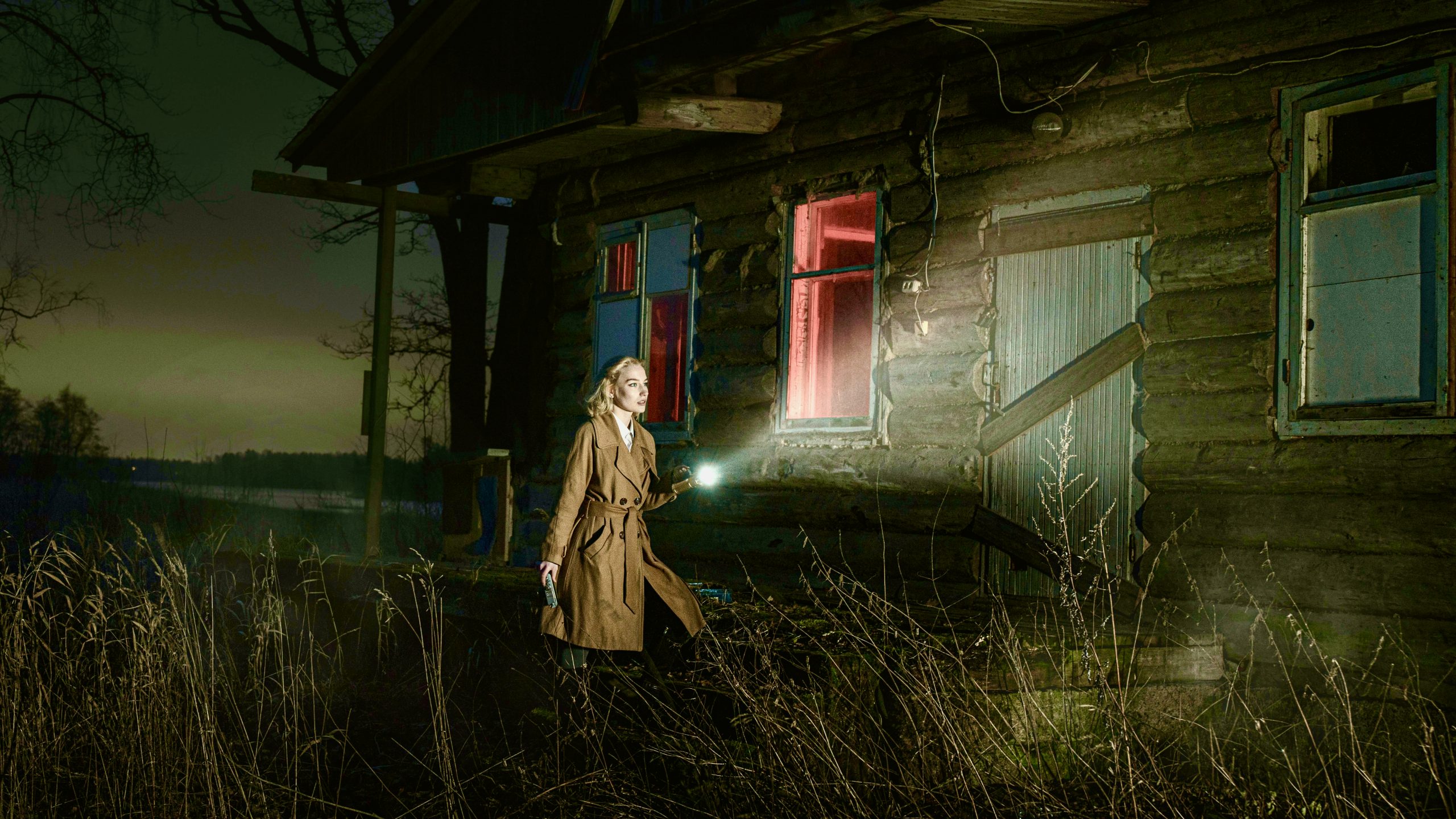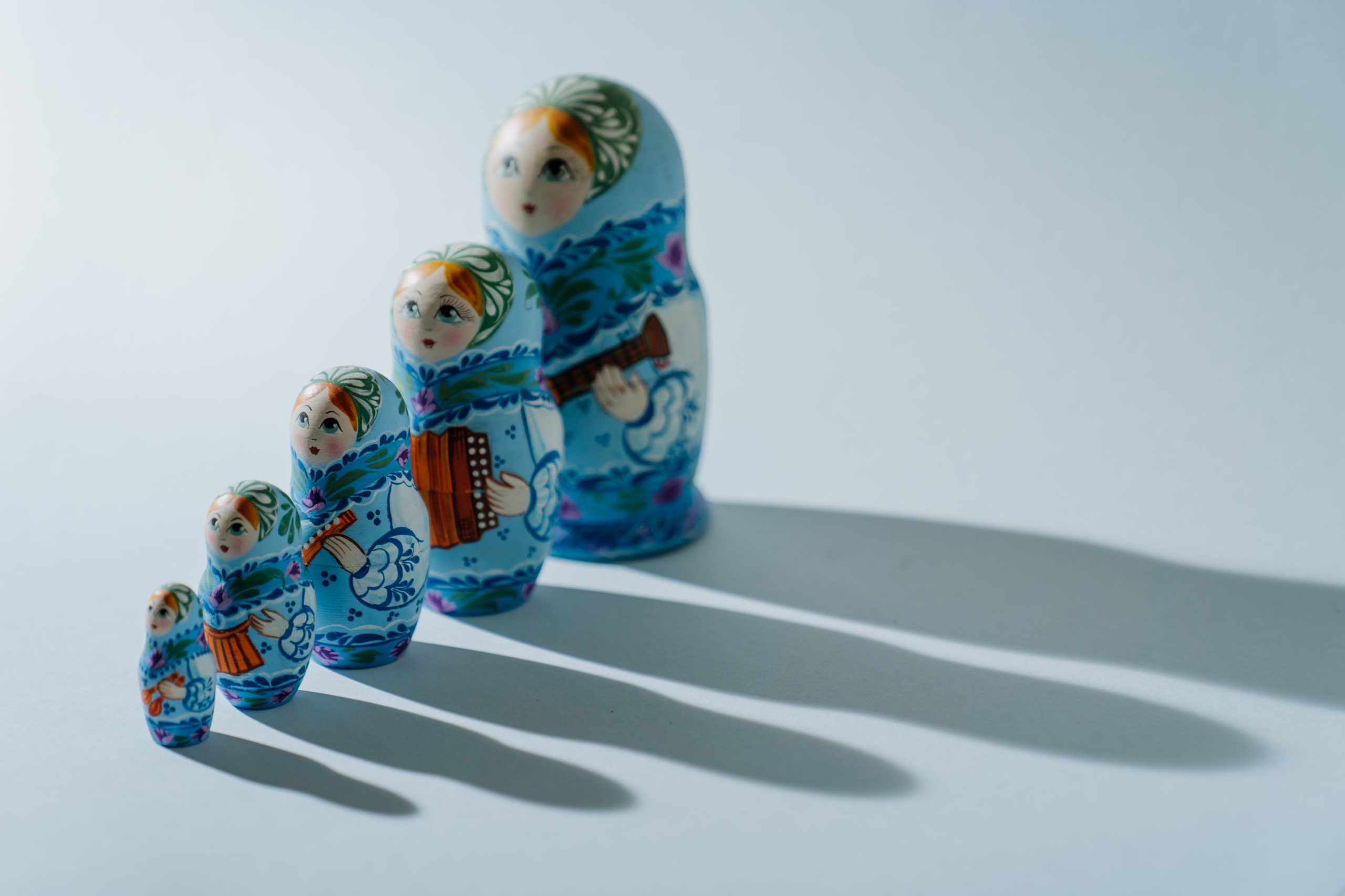interviews
“Of Women and Salt” Follows Five Generations of Cuban Women from Havana to Miami
Gabriela Garcia, author of "Of Women and Salt," on how endemic racism shapes both the carceral and immigration systems

Gabriela Garcia’s debut novel, Of Women and Salt, opens with a heartfelt lament from Carmen to her daughter Jeanette who has long struggled with addiction. “I was afraid to look back because then I would have seen what was coming,” Carmen says. “The before and the after like salt whipping into water until I can’t tell the difference… Every story that knocked into ours.”
It’s these stories that shape the novel, and Jeanette’s life. In one, she must decide what to do when ICE takes her neighbor in a raid, leaving behind the woman’s daughter, Ana. In another, she travels to Cuba to search for clues about her family and the painful history her mother cannot share. Miami is awash with memories of clubbing, department store jobs, her fraught relationship with her mother. But there are also the stories she doesn’t know.
With lyrical prose and haunting storytelling, Garcia explores the lives of five generations of Cuban women and a mother-daughter pair from El Salvador who are all impacted by immigration policies, political violence, and the intersection of class, race, and oppression.
I chatted with Garcia over email about how endemic racism shapes both the carceral and immigration systems, the racial and class divisions of Florida, and why timeliness is a false label for novels about immigration.
Christopher Gonzalez: Sometimes I think that all families really leave us or pass down to us are their stories—the stories we’ve told ourselves based on those stories, and the messy larger narratives patched together from what is lost in between. What were you exploring about the idea of family through the book’s structure?
Gabriela Garcia: You’re right about the way we understand ourselves through story. We are born into a story about ourselves, and mythologies that are passed on to us by our families, by society, by the other stories we consume. And I wondered what it would be like to tell a character’s story through some of the stories she doesn’t see. Jeanette doesn’t know the backstory of her ancestors, doesn’t know all the backstory of the people who come into her life, doesn’t actively think of all the historical and political forces that shape who she is in the world and the actions she ultimately takes. But in many ways, she is more the stories she doesn’t know or understand than her own story about herself. And the novel is full of characters like this, people who don’t see their own privilege or racism or power and dangerously/violently live in their own mythologies instead.
We are born into a story about ourselves, mythologies that are passed on to us by our families, by society, by the other stories we consume.
Also at the center are books and words that are passed down through generations. The idea for the chapter set in the tobacco factory came from encountering those actual letters from Victor Hugo to Cuban independence fighters at a museum in Cuba and researching the books that lectors read to workers. I was fascinated by the way these stories shaped actual political movements—and the connection between story and revolution—but also by what it meant for workers to hear perspectives from only European white men, and whether reclamation of some of those words is possible or will always be shaped by the forces that ensure some stories are told and some are not. I wanted the novel to end on a question about stories.
CG: That idea of dangerously and violently living in one’s own mythology—is it continuing a cycle of violence against others, one’s self, or both? Is there a point at which buying into mythology feels like an act of survival?
GG: I think it can be both. This is certainly true of generational trauma and violence that isn’t spoken about, as happens in the novel. But I think it can also be dangerous not to locate ourselves in historical or political context, when we don’t question the mythologies that serve us. I think those mythologies can be about survival, but they can also be about power. For example, Carmen buying into her own “immigrant success story” and not wanting to engage on what it has meant that Cubans of her generation had an easier path to migration and resources that ensured that success when Jeanette brings this up. And what that results in is taking actions that put lives at risk.
CG: I was fascinated by the parallels between Jeanette and her cousin Maydelis. With Maydelis, we’re given a snapshot of what life might have looked like if Jeanette had grown up in Cuba. That’s a topic often explored by writers across the diaspora, the idea of going back home to a place that isn’t actually home, “a tourist in one’s own land,” etc. I am probably guilty of similar scribblings about Puerto Rico. But we first see Jeanette visiting Cuba through the eyes of Maydelis, on their trip to La Habana, which turns the trope on its head by filtering Jeanette through a local’s eye. Can you speak more about this decision? And about writing about a place that feels like home but maybe isn’t?
The same endemic racism that shapes our carceral system and policing shapes detention and deportation.
GG: That’s true. It’s a common trope, and I examine that often problematic outsider gaze in various forms throughout the novel—there is also the U.S. white woman who lives in Mexico and is welcomed in a lot of spaces in ways other “outsiders” are not, etc. Maydelis’s perspective is really just reflective of many of my conversations with Cubans on the island and observing some of the ways Cuban Americans and other tourists interact with Cuba and Cubans. I’m lucky in that I’ve spent a lot of time in Cuba and traveled there since I was young and talk to my friends and family in Cuba on a daily basis—I never had the friction that someone like Jeanette has with her mother about traveling to Cuba. But having this kind of relationship with Cuba and with Cubans on and off the island, let me see a lot of the ways Cubans and Cuba and the US exist in the imaginary on both sides. I think a lot of people in the diaspora want to imagine we can never be the Ugly U.S. American Tourist or the Naive Outsider because we have a particular connection to the place, but I wanted to gesture toward the ways Jeanette is different and not all that different from the German tourist who behaves in abhorrent ways while with Maydelis.
CG: You are very conscientious about writing against the idea of a Latinx monolith and an immigrant monolith. There’s a brief, pertinent moment in the chapter “An Encyclopedia of Birds” where Gloria, a Salvadoran woman taken by ICE to a detention center in Texas, describes the women she sees: other Salvadorans, Guatemalans, Haitians, and Chinese. In the United States, the mainstream image of an undocumented immigrant is one who is Brown and Mexican, erasing Central Americans, Black, and Asian immigrants from within and outside of Latin America. How did your work in immigrant rights organizing and detention centers influence your writing?
GG: I started writing snippets of what eventually became that chapter while I was working on deportation defense and visiting people in detention centers so it’s definitely colored by the actual reality of what I saw and what, at the time—and still, to a large extent—received so little media attention. Today, the largest group in detention is Black Haitian immigrants and they also face disproportionate rates of asylum denial. The same endemic racism that shapes our carceral system and policing shapes detention and deportation.
And the problem with flattening Latinx or immigrant identity is that we get this really dangerous narrative that there is such a thing as “the immigrant experience” and that it is not shaped by race or class or gender. I am the daughter of Cuban and Mexican immigrants who were treated very differently by this country and had very different paths to immigration. And I wanted characters who reflected that reality—Jeanette’s Cuban mother, for example, had a very privileged and easy path to immigration shaped by class and race and has no qualms about pushing her daughter to turn over a child to the police and does not see any solidarity with other immigrants when Jeanette somewhat pushes her about it. And that lack of solidarity is true to my experience in movement work.
CG: Building off of that, I want to talk a bit about Florida. Your novel has two very iconic scenes—one where a dead woman’s body is washed ashore and one with a panther in a neighbor’s home. These both strike me as Extremely Florida, though I am not a Floridian. They feel like the Florida I’ve read in fiction by Kristen Arnett and Jennine Capó Crucet.
I am curious what you think people get wrong about Florida and if fiction is able to illuminate some truths about the state. To that end, why do you think Florida is the subject of such strong stereotyping and caricature? I also can’t help but think about the recent election and this false idea of “the Latinx vote” and which way it was expected to swing. All of these things seem to be related.
GG: I, for one, wasn’t surprised about voting patterns at all. I think I write Very Florida because it is the place I know best and it’s true—it’s swampy and hot and perhaps an amalgamation of a lot of this whole country’s weirdness. Though I’ve always been less interested in the Florida Man caricature of Florida because it feels like a particularly anglo white imaginary. Like my Florida was far more Puerto Rican and Dominican Orlando, U.S. Black Jacksonville, Latinx Miami with all its fucked up racial and class divisions.
What does whiteness, and aspirational whiteness and proximity to whiteness, do to people?
And it’s true—I grew up in a city where bodies and cocaine bundles washed ashore regularly and where wild-animals-as-pets was probably born. But in many ways, this part of the country is just a reflection of the rest of the country in technicolor. It becomes an easy scapegoat. Malcolm X’s “everything south of Canada is the South.” It becomes easy to say, “I’ll disown these white Latinx voting for Trump” and “there goes Florida being Florida” and harder to say, what does anti-Blackness look like all across Latin America and in a U.S. context? What does whiteness and aspirational whiteness and proximity to whiteness do to people? I’m interested in characters that implicate all of us.
CG: Relatedly, when Yosmany appears in “People Like That,” he’s one of the only prominent Black Cuban characters in the novel. His introduction reveals some of Jeanette’s abuela’s racism and allows Jeanette to reflect on the whiteness of Cubans in Miami and anti-Blackness on and off the island. But then later, when her grandmother accuses Yosmany of stealing her book, Jeanette stays silent about the fact that she is the one who takes it. It’s a moment where Jeanette is shown as not being absolved of her own anti-Blackness just because she can identify it in others. For white and non-Black Latinx readers, we’re definitely implicated, right? But how do you thread the needle in showing examples of anti-Blackness in fiction and not further perpetuating it?
We were working so hard to get attention on the Obama administration’s record deportations and the birth of family detention, but came upon a media landscape that wanted nothing to do with it.
GG: I was thinking a lot about innocence and who it’s conferred upon. In that chapter, Jeanette also reflects on stealing from a Victoria’s Secret as a teenager, and other than her mother being called to the store, she’s let off. Which is in stark contrast to what would’ve happened if her grandmother denounced Yosmany as she threatened to do. In many ways, Jeanette is allowed room to mess up and try to find her way while other characters around her, such as Ana and Gloria, are expected to live these paper-perfect lives to even claim a right to live in peace, and this has everything to do with race and class and status. And as much as Jeanette can identify racist behavior in others and position herself as above it, when that moment arrives with her grandmother and Maydelis, she falls back on that innocence, she instinctively knows–even if it’s not a conscious decision–that she can weaponize that presumed innocence. And I think that relates to the second part of the question, too. I’m always thinking about subject position. If, as an author, I position myself and my readers as inherently innocent and my characters as one-dimensional pawns then that’s when the writing becomes about absolution or saviorism, and ends up perpetuating the very same dynamics it seeks to denounce. I think about James Baldwin’s controversial essay “Everybody’s Protest Novel” in which he wrote about the “thrill of virtue” of reading literature that does not implicate the reader or the author but rather positions them on a comfortable moral high ground, and how this kind of writing “so far from being disturbing,” offers a kind of bland reassurance that is morally dishonest.
CG: We’re now living at the start of the Biden administration. Gloria’s deportation takes place during the Obama administration when deportations were ramping up [The Obama administration deported more immigrants than any other administration]. I’ve been really sitting with the reality that for many Americans, deportations and anti-immigrant policies might be seen as a lesser sin depending on which party is in the White House. Perhaps hagiography will be the thing that prevents us from true progress.
What kind of influence, if any, did the shift from an Obama to a Trump presidency have on how you approached revisions in the novel? Has your other writing and advocacy work experienced a shift?
GG: I wrote most of the book before I had any inkling that Trump would ever be president. Which is what makes it even weirder when people talk about how those parts of the book feel very “timely” or whatever. And I’m like, to who? Those of us in the movement were working so hard to get any kind of attention on what was happening under the Obama administration with record deportations and the birth of family detention but came upon a media landscape that wanted nothing to do with it. And now we are in a dangerous moment when that could happen again, and, if recent news is any indication, is happening again.









